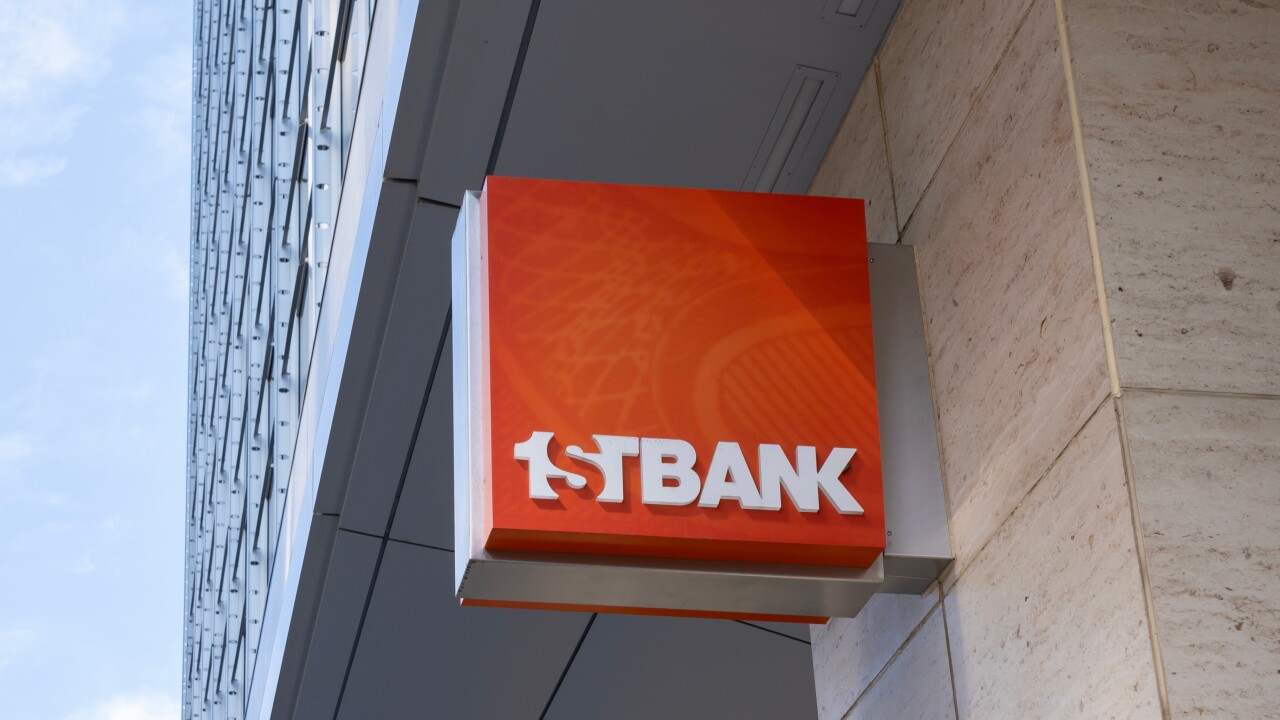When a restaurant chain's senior marketing manager ran a location-based offer trial this summer, she was quite surprised to see a mobile conversion rate that topped 45% which meant that almost one out of every two consumers who were pinged by the chain's mobile app drove to the store and made a purchase.
For a marketer, that kind of number is unheard of, the manager said, but despite the huge conversion she still wishes the technology also handled payments. But the issues preventing this marriage of marketing and payments are as much philosophical as they are technological.
"Integrating payments would be a key thing for us," said Suzanne Gross, the senior marketing manager for a group of seven restaurant chains called the Chalak Mitra Group. "We would love to be able to facilitate payments directly. We have to somehow get these systems to talk with each other."
The Elephant Bar, one of the Chalak Mitra chains, started its trial June 1 and has touched about 500 customers thus far, Gross said. The company is using software from Paytronix Systems that functions as a loyalty program, using geofencing (pinging the mobile app of any targeted customer who is within two miles) to pull customers into the store.
Michelle Tempesta, who runs Paytronix marketing, said her loyalty software indeed handles payments, but she says it is not always optimal to make this process, inclurding reward redemption, automatic.
For some Paytronix clients that automated redemption of rewards when accepting a payment, the process was so frictionless that the customers were unaware that they used a reward and got a discount, Tempesta said. An invisible reward can't motivate a customer, which is the main point behind a loyalty program; hence, that last bit of human interaction advances the objectives of the merchant far more than streamlining the payment, she said.
Retailers' frustration is not unique to this particular technology. There are so many mobile capabilitiessuch as geolocation
The reasons for this disconnect fall into two basic categories: First, there are an awful lot of point of sale systems and it can be overwhelmingly expensive to customize interfaces with all of them; and second, merchants loathe making any changes to the ultra-critical point of sale system.
And even given Gross' enthusiasm for adding capabilities to its app, Elephant Bar placed several of its own restrictions on the trial to sharply limit the number of customers involved. The customer had to already be a loyalty member and had to have earned a redeemable reward. All of the chain's loyalty rewards have expiration dates, with some expiring in 30 days and others in 90 days. The program also limited these mobile reminderswhich resemble a text messageto mealtimes, and any customer would get no more than one alert every four days.
Even though the message was sent only to customers who were very near to a restaurant location, Gross said her team chose to not tell the customer the location of that nearby restaurant, nor offer to use a phone app to navigate them to the restaurant, since this capability is already built into the restaurant's app and the company wished to keep the text alert as short as possible.
"We were severely limited in the number of characters," Gross said. "I think our message was about a sentence it needs to be brief for people to pay attention to it."
This limitation appears to have worked. Even though the program targeted only existing loyalty participants, a 45% mobile conversion rate is "a pretty high return on a simple reminder," Gross said. "That's incredibly successful."
When presenting an offer, the Elephant Bar's app generates a temporary three-digit code that the customer must provide to the server or cashier. That code brings up the customer's full loyalty profile, links it to the meal being purchased, and flags any eligible rewards.
Elephant Bar has locations in California, Arizona, Colorado, Florida, Missouri, New Mexico and Nevada. Chalak Mitra's other chains are Ruby Tequila's, Genghis Grill, Fireside Pies, Pepper Smash, Go Roma and Baker Bros.





